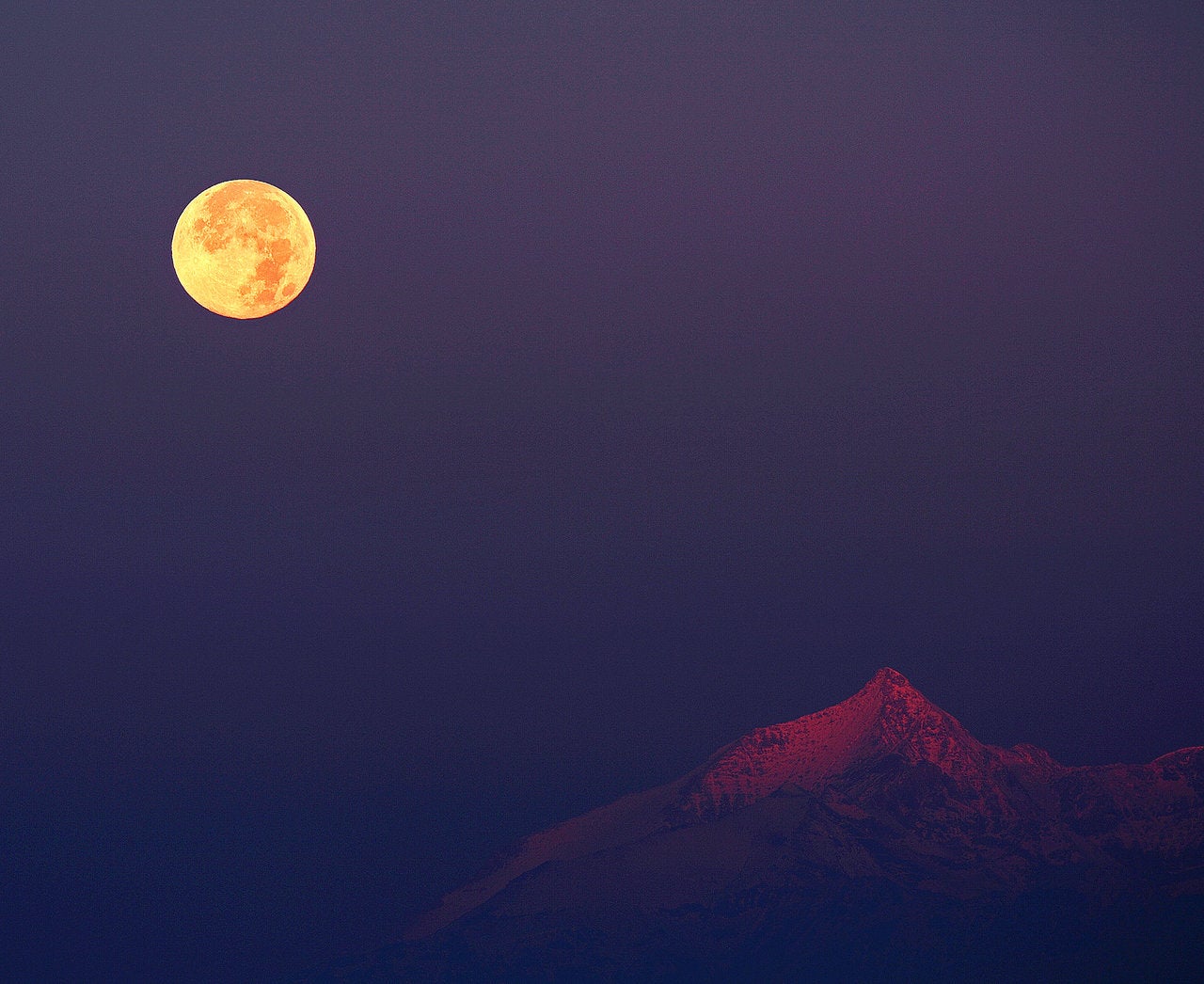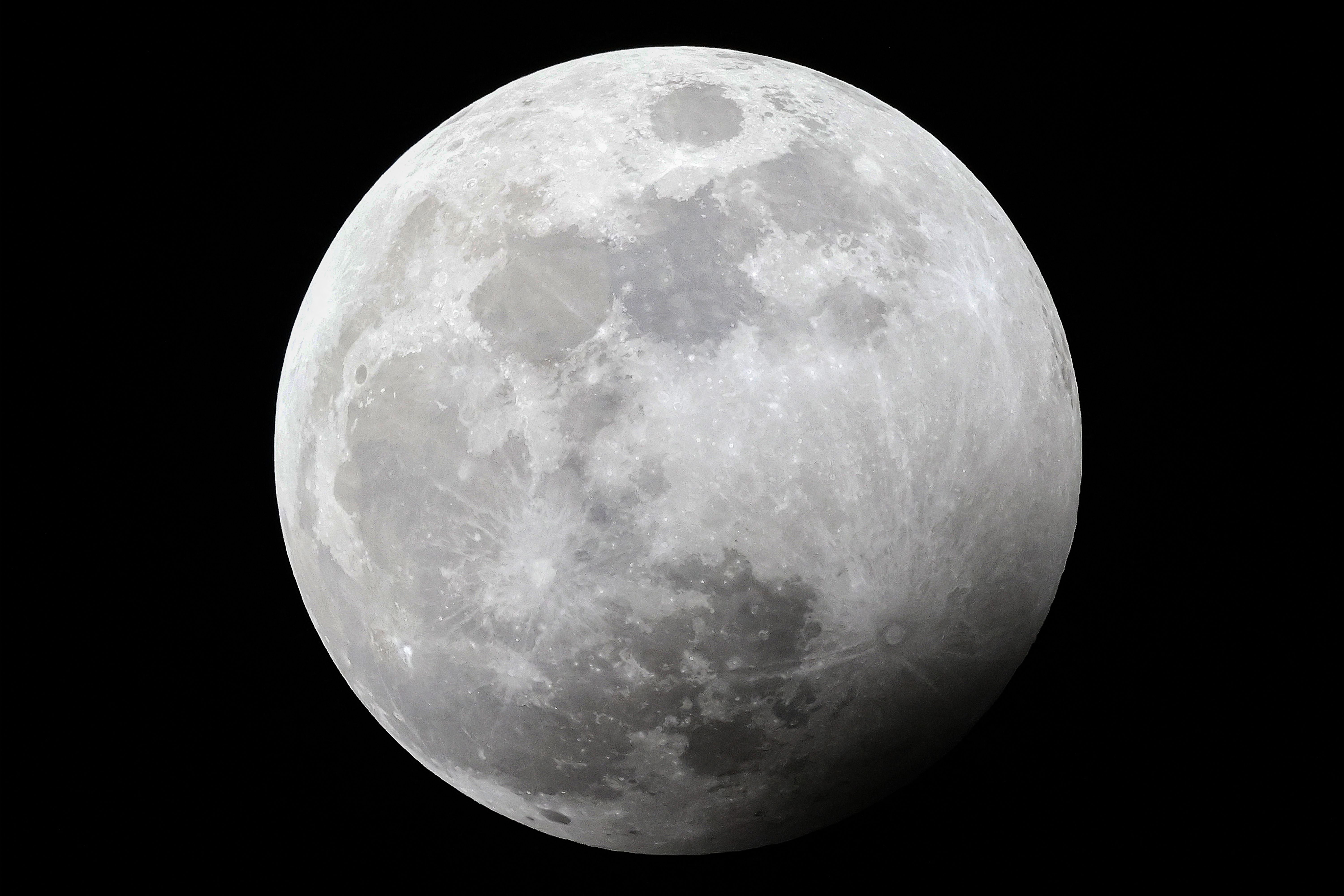The luminous Hunter’s moon will rise early Thursday morning in the eastern US.
Skywatchers may have to set their alarm clocks a little early to really enjoy the full moon, which will have peak illumination at 7:26 a.m. ET.
The orange-hued moon will appear full from Tuesday evening through Friday morning, and is the third of four consecutive supermoons.
A supermoon is described as either a new or full moon that is within 90 percent of its closest approach to Earth. They’re the biggest and brightest moons of the year, although they only appear about seven percent larger than normal.
This supermoon is the first full moon following September’s Harvest moon.

Although it is widely known as the Hunter’s moon, it has many names, including the Travel moon, the Dying Grass moon, and the Blood moon.
The earliest known written use of the term “Hunter’s moon” was in the Oxford English Dictionary, and dates back to 1710.
A sign of the season, Farmer’s Almanac says the moon signals the time to hunt. Because harvesters had gathered their crops, hunters could easily spot their prey.
In Native American culture, the full moon in October is named for the turning of the leaves and the start of fall, as well as hunts in preparation for the harsher winter months.

The name “Travel moon” is believed to come from birds that migrate south for the winter, and the patterns of other animals, according to NASA.
The agency said some tribes would migrate to avoid harsh conditions along the northeastern Adirondack Mountains.
The next full moon is slated for November 15, after the clocks have fallen back an hour to switch to Standard Time. Known as the Beaver moon, this supermoon reaches peak illumination at 4:29 p.m. ET.
The last full moon of the year, the Cold moon, will rise during the early morning hours of December 15.











